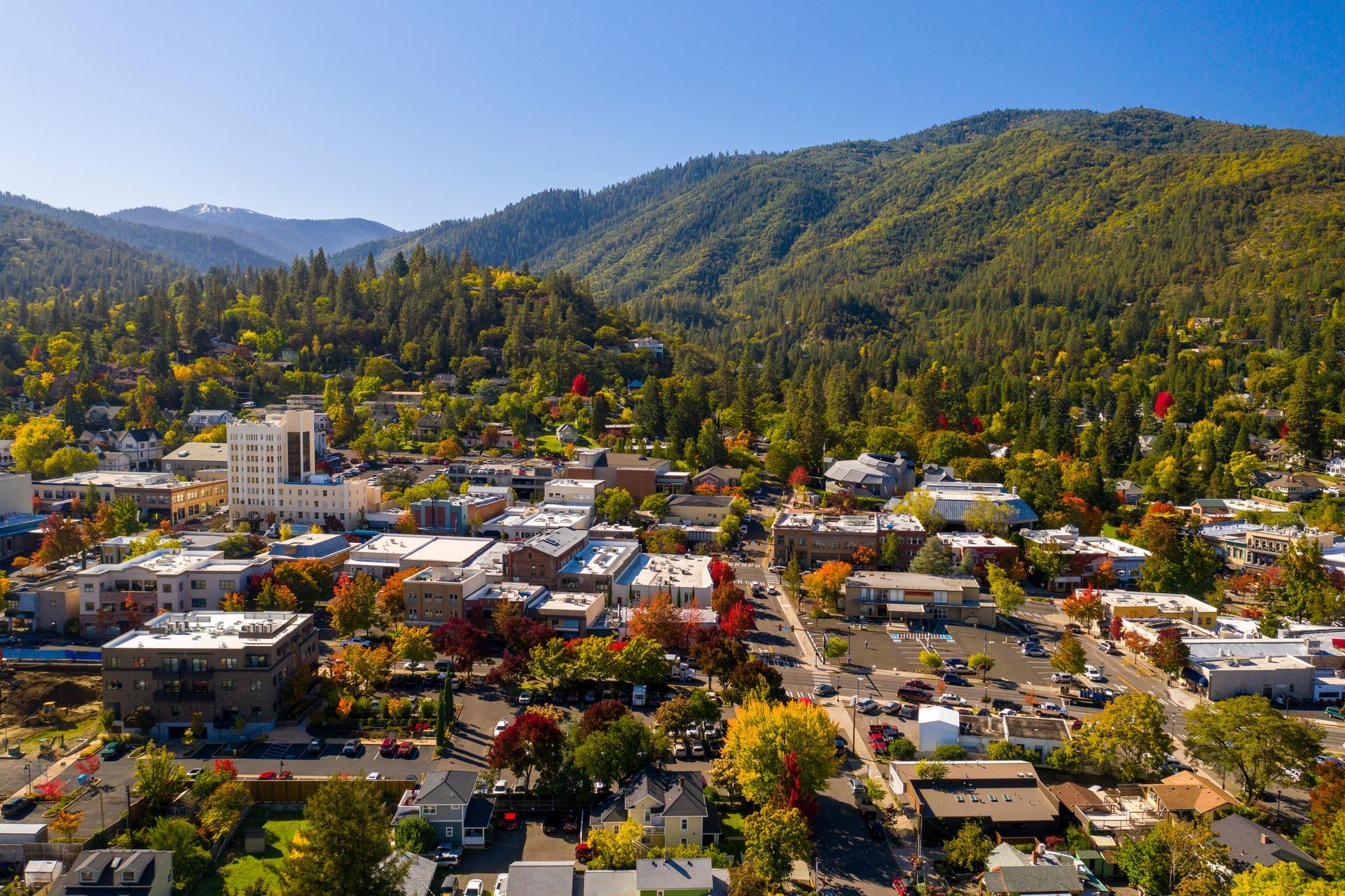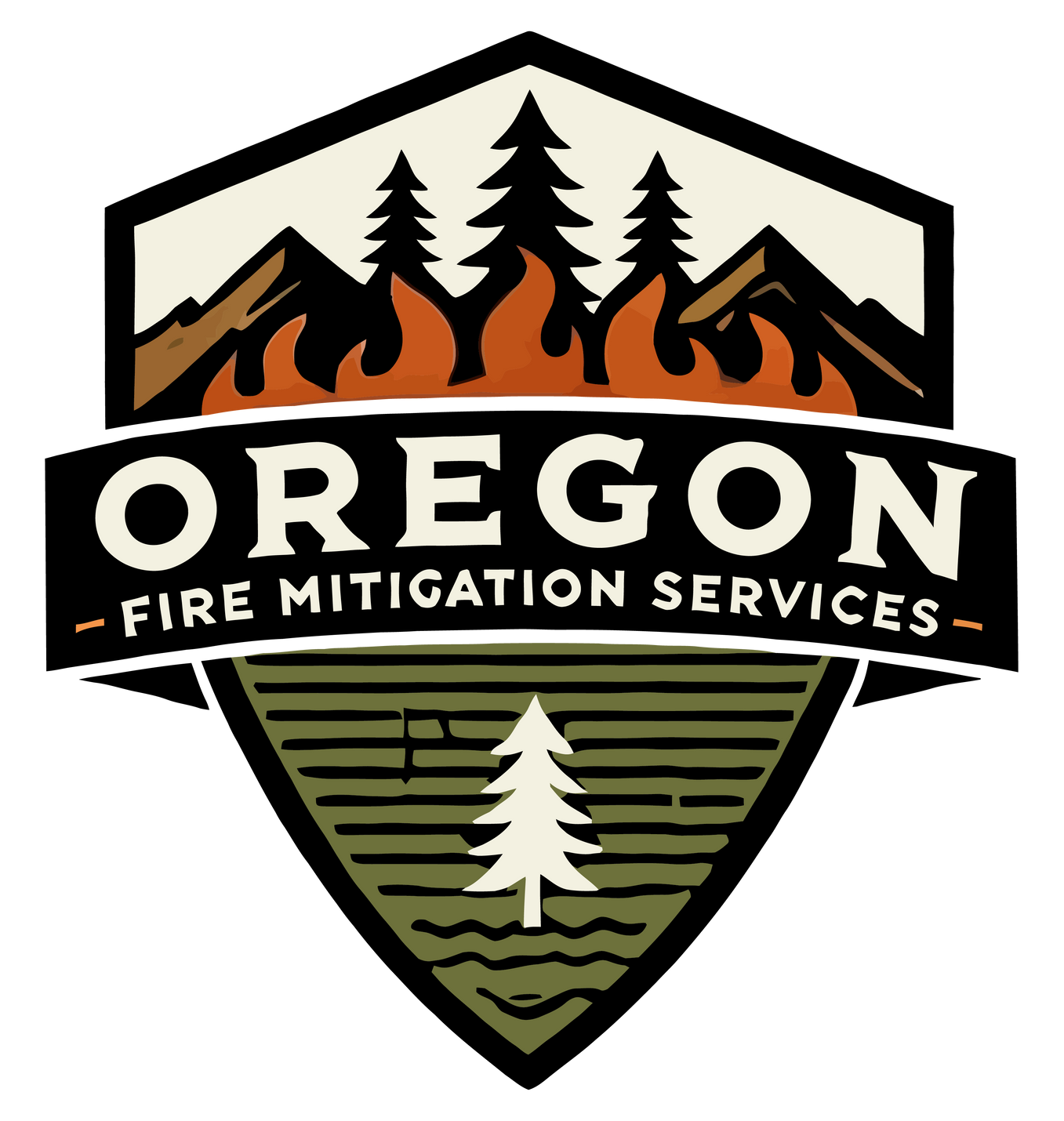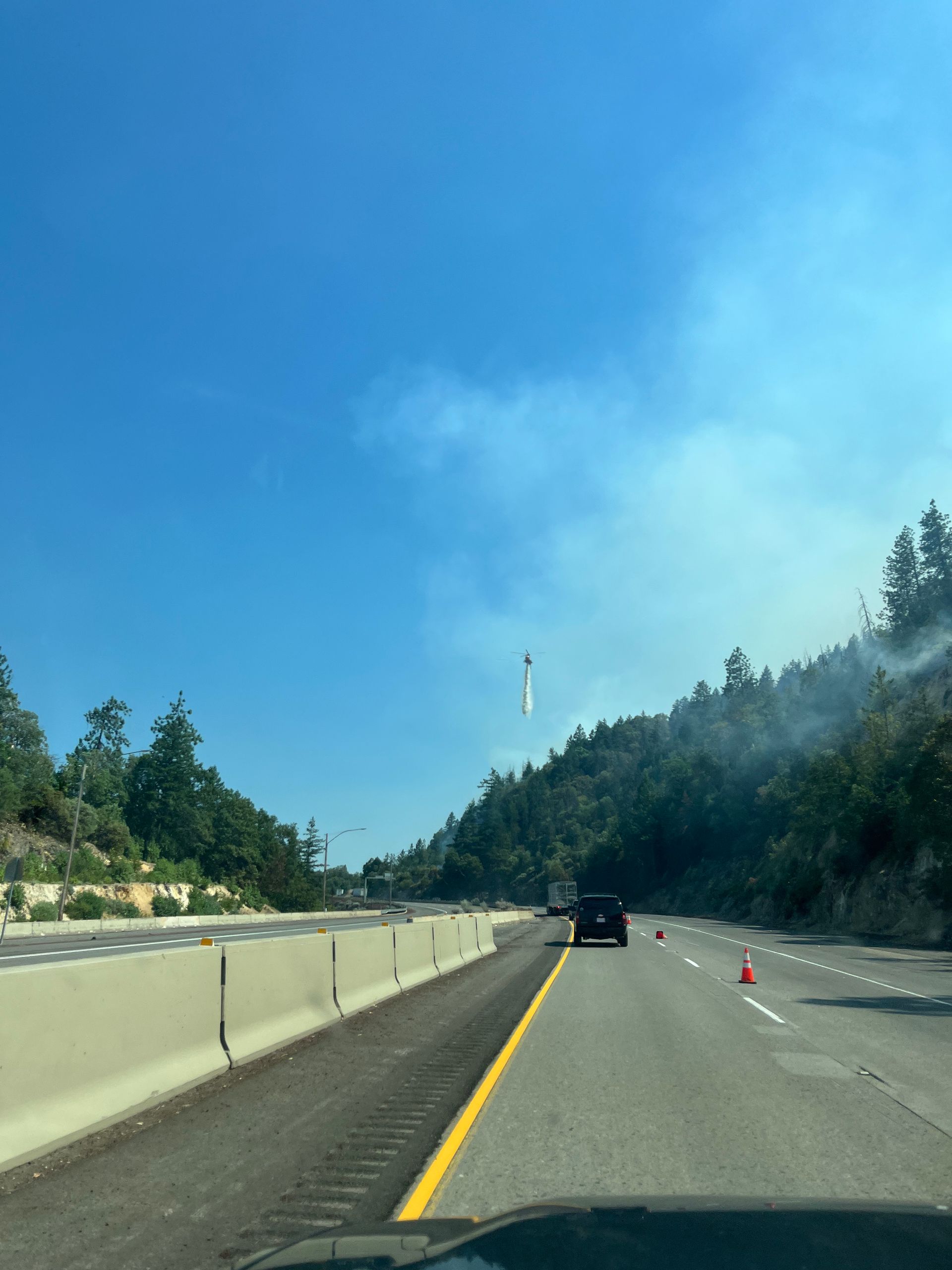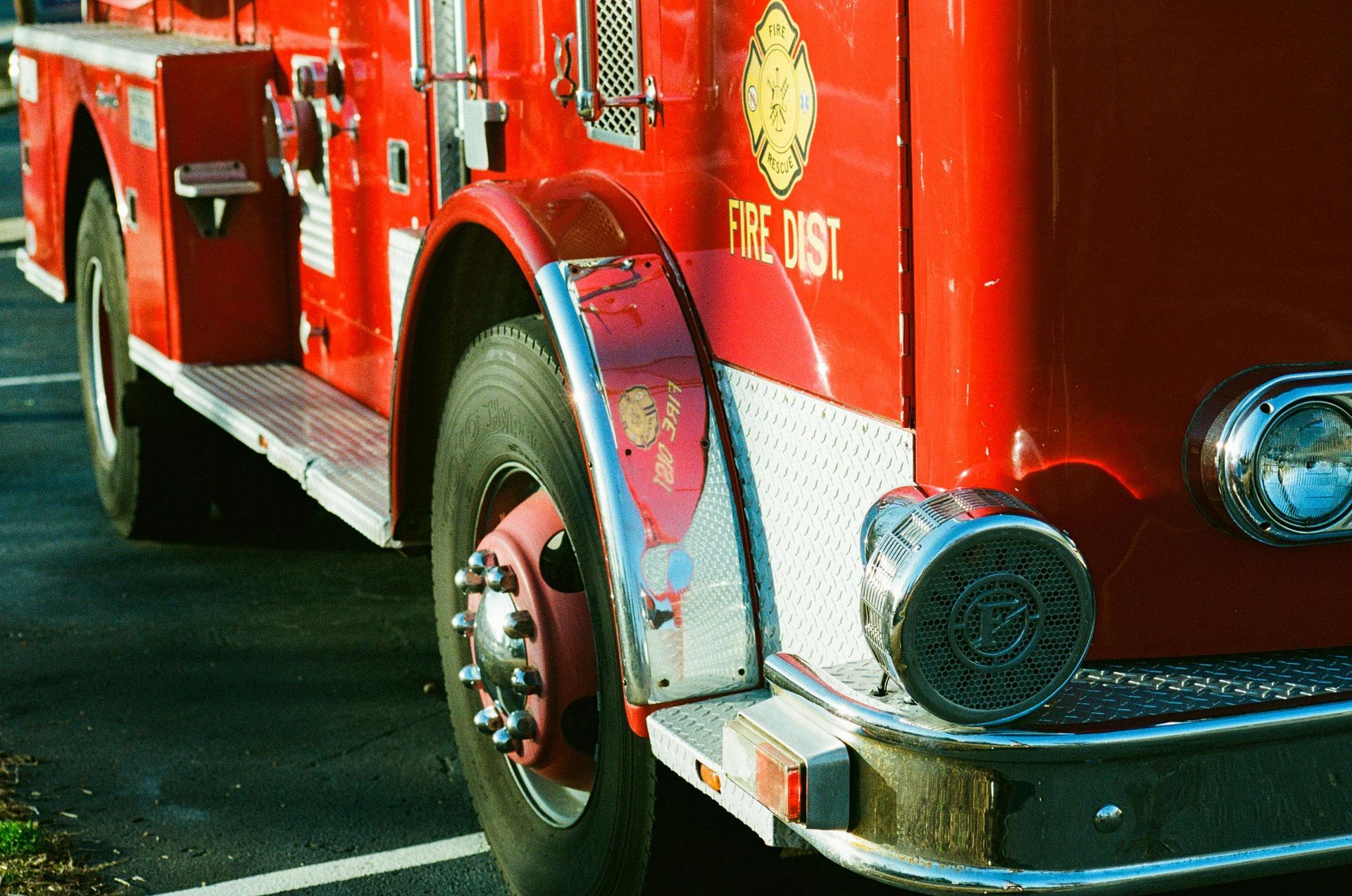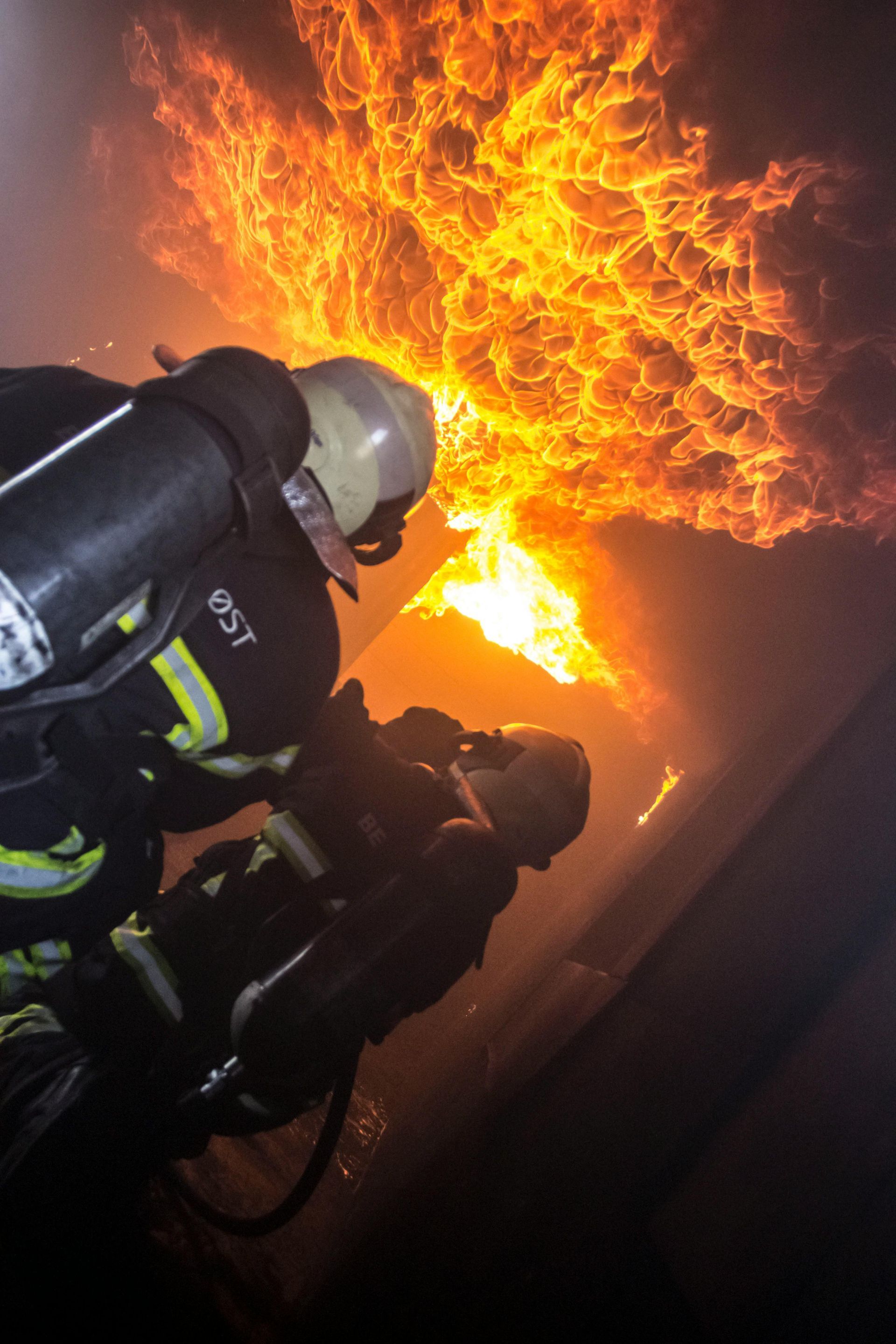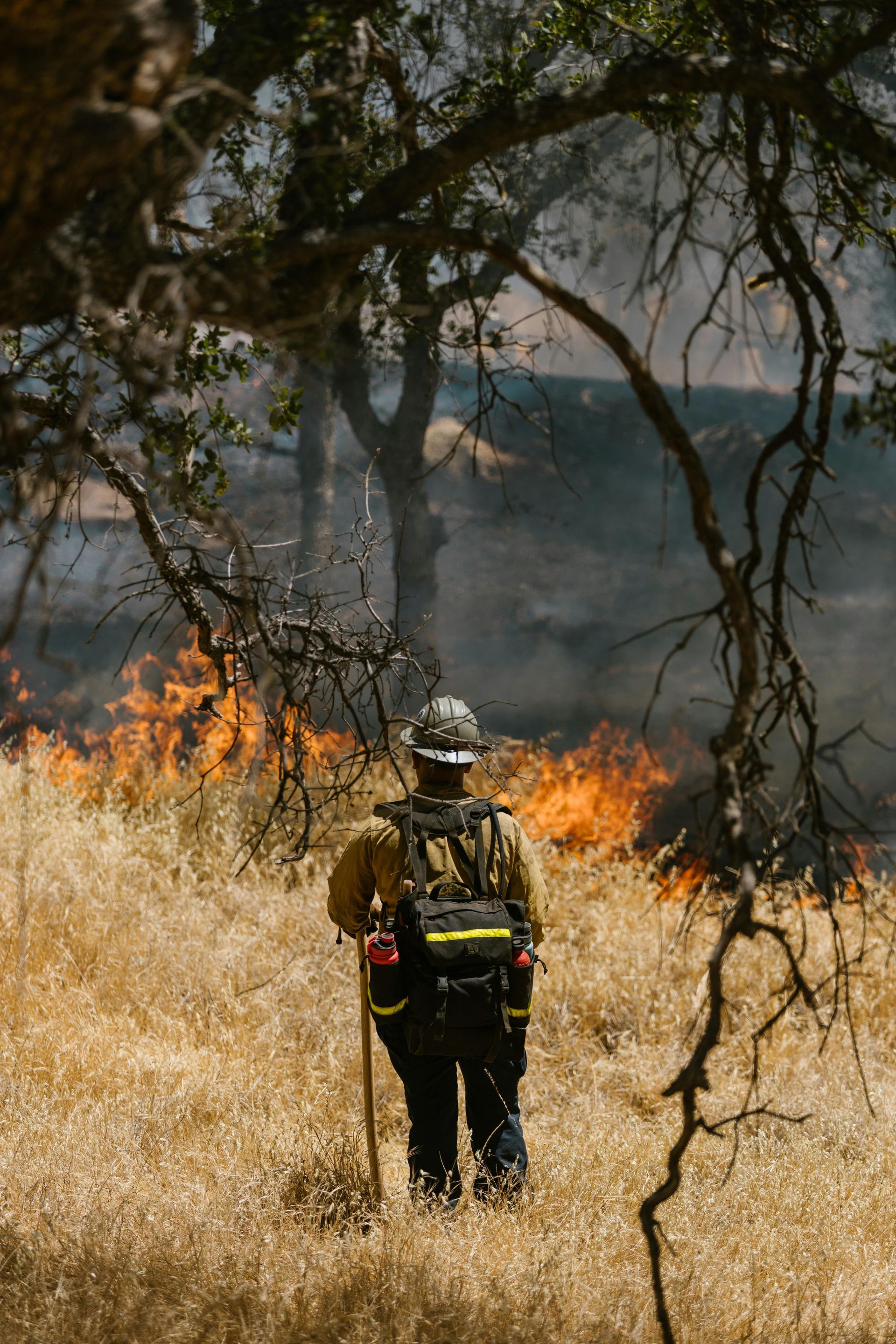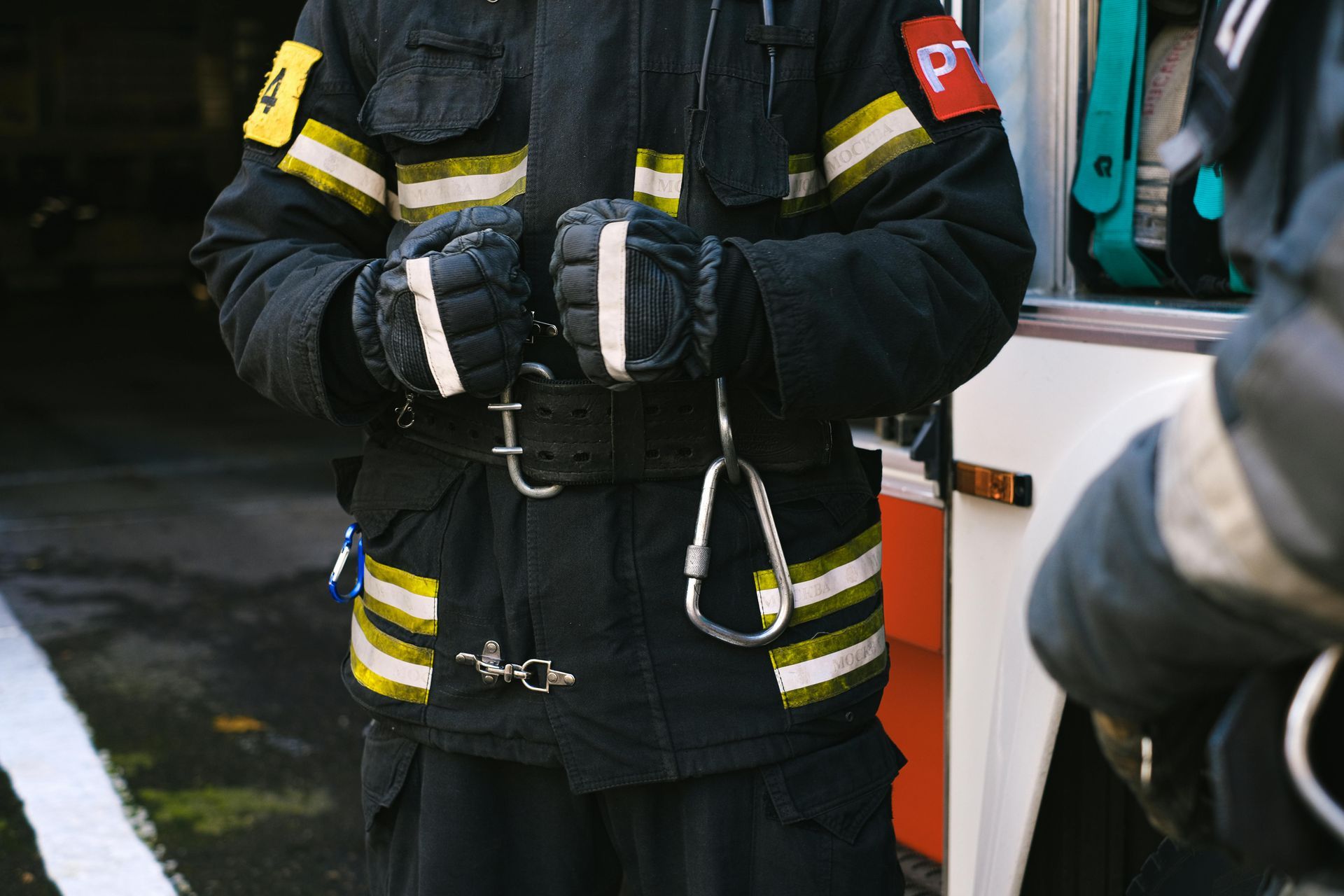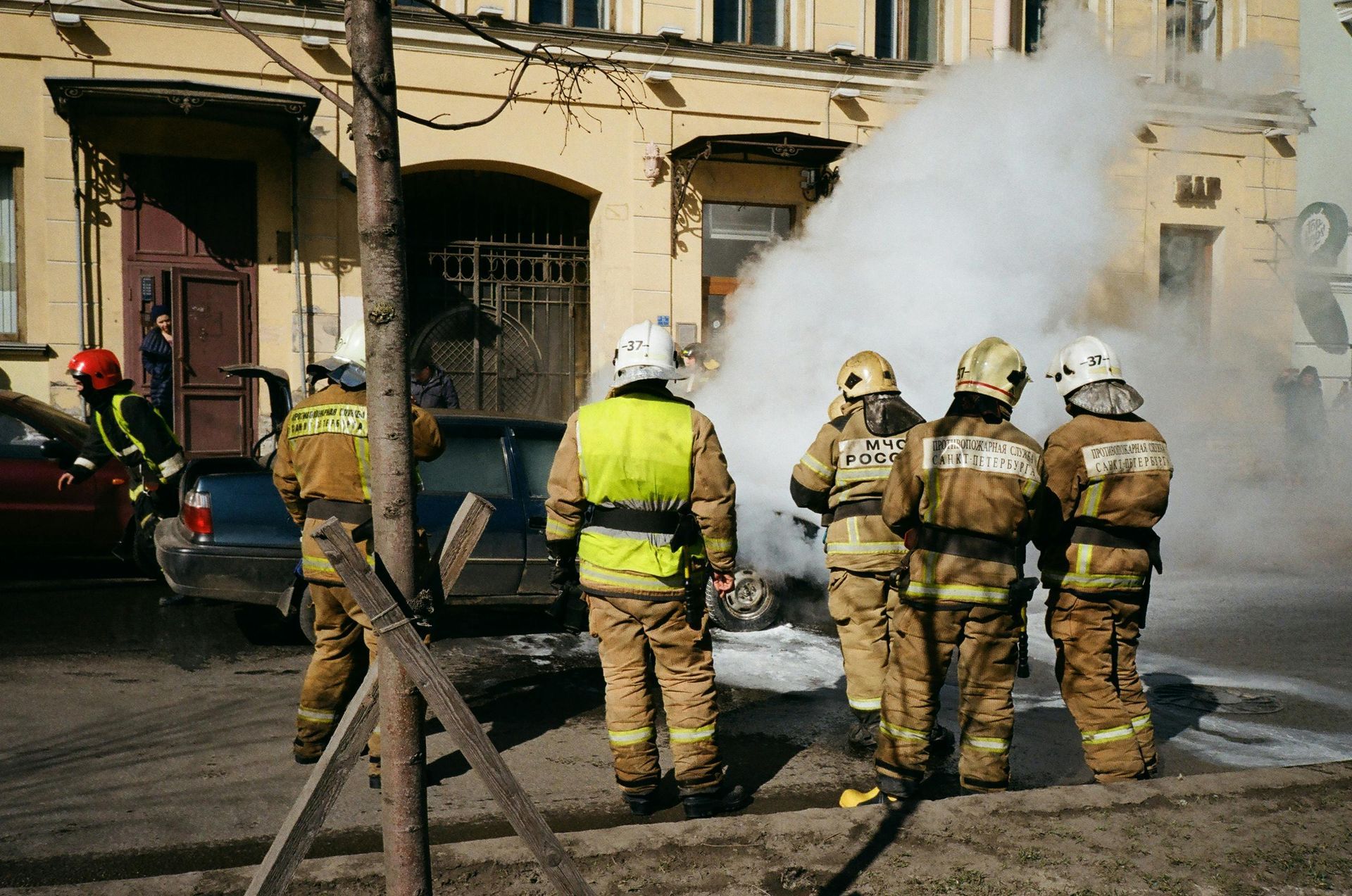When Wildfire Risk Hits Home: A Cave Junction Story and How to Fight Back Against Insurance Cancellations
When Wildfire Risk Hits Home: A Cave Junction Story and How to Fight Back Against Insurance Cancellations
Imagine this: You're out in the rugged beauty of Southern Oregon, chatting with a local named Mike over coffee in Cave Junction. He's got a couple of properties—one his main home, the other a vacant 10-acre parcel with some old structures. Both are flat, easily accessible, no dead-end roads in sight. Sounds low-risk, right? But then Mike pulls out the letter from Farmers Insurance: "We're unable to renew your home coverage due to wildfire or brushfire exposure." The reasons? Proximity to flammable vegetation, potential steep slopes accelerating fires, and limited firefighting access. Even though Mike's land doesn't match those descriptions, the axe fell anyway. He scrambled and found a new insurer for his residence, but that 10-acre lot? Still uninsured, leaving him exposed.
Mike's story isn't unique—it's a wake-up call echoing across Oregon's wildfire-prone communities. At Oregon Fire Mitigation Services, we've heard dozens like it this year alone. As NVFC-certified experts in wildfire defense, we're here to unpack what went wrong for Mike, why systems like Verisk FireLine are reshaping insurance, and how you can turn the tables with smarter mitigation. Let's dive in and arm you with the tools to protect your property (and your wallet) before the next dry season hits.
The Rising Tide of Insurance Cancellations in Oregon
Oregon's wildfire woes have insurers on high alert. In 2025, Farmers Insurance has canceled hundreds of policies in high-risk areas, from Sisters to Camp Polk, citing escalating threats. State senators are pushing back, urging carriers not to drop folks based solely on internal risk maps. But the reality? With mega-fires burning over 1.5 million acres in 2020 and premiums spiking 25-50% in places like Bend and Medford, companies are playing it safe—or pulling out entirely.
For Mike, the cancellation came despite his properties scoring a surprisingly low 1 on a 0-5 risk scale (0 being least risky, 5 extreme). Farmers relied on Verisk FireLine, a sophisticated tool that assesses wildfire propensity using factors like fuel (vegetation), slope, road access, wind patterns, and even community-level mitigation. It's not about predicting when a fire will strike, but how likely your home is to burn if one does. Mike's flat, accessible land should have helped, but the system flagged broader issues—like surrounding flammable brush and, crucially, gaps in local protections.
The Hidden Culprits: Community Mitigation and Outdated Building Codes
Here's where Mike's tale gets really interesting (and frustrating). The biggest hurdles aren't always on your property—they're community-wide. Cave Junction, nestled in Josephine County, faces high wildfire exposure, but local efforts lag. Josephine County's wildfire safety standards require minimum mitigation for new developments, like defensible space and fire-resistant materials. Yet, building codes here stick to 10-foot setbacks between structures, which pales against modern wildfire-prepared standards.
Take the Wildfire Prepared Home (WPH) program from the Insurance Institute for Business & Home Safety (IBHS)—a game-changer we're proud to support in Oregon. WPH calls for robust defensible space, including Zone 1 (0-30 feet around your home) cleared of combustibles, and limits on accessory structures within that zone to reduce fire spread. For structure spacing, research backs at least 30 feet between buildings to curb ember ignition and direct spread—far more than Cave Junction's 10 feet. Even a modest bump to 15 feet from property lines could make a huge difference, aligning with state pushes like Senate Bill 762, which mandates wildfire hazard mitigation in building codes.
Without these updates, individual efforts like Mike's fall short. His vacant 10 acres, with its old structures, likely got dinged for lacking community backups—think shared fuel breaks or coordinated vegetation management. Insurers see the big picture: If your neighbors aren't mitigated, your risk skyrockets.
Turning Defense into Dollars: Actionable Steps for Your Property
Don't let Mike's headache become yours. Here's how to wildfire-proof your home and boost insurability, straight from our playbook at Oregon Fire Mitigation Services:
Get a Professional Risk Assessment: Skip the guesswork—our NVFC-certified team uses tools like FireLine insights to evaluate your fuel, slope, and access. For Mike, this could have highlighted quick wins like clearing brush. Start with our free walkthrough to pinpoint vulnerabilities.
Build Better Defensible Space: Aim for that 30-foot Zone 1 buffer. Remove ladder fuels, install ember-resistant vents, and upgrade to Class A roofing. In Josephine County, comply with local codes but push for WPH extras—like 30-foot structure setbacks—to qualify for insurance discounts up to 20%.
Advocate for Community Change: Lobby for code updates in Cave Junction, like increasing setbacks to 15 feet from property lines. Join or start a Firewise community for shared mitigation grants. We've helped groups secure funding to create neighborhood fuel breaks, slashing collective risk scores.
Certify and Save: Go for WPH designation—it's research-backed and insurer-approved. We've guided clients through it, turning "uninsurable" properties into certified safe havens, often reinstating dropped policies.
These steps aren't just survival tactics; they're smart investments. Mitigated homes can fetch 5-10% more on the market and qualify for federal tax credits or state incentives.
Your Home Deserves a Fighting Chance
Mike's story in Cave Junction reminds us: Wildfire risk isn't always what you see—it's the gaps in codes, community efforts, and insurer algorithms that bite hardest. But with proactive mitigation, you can rewrite the script.
